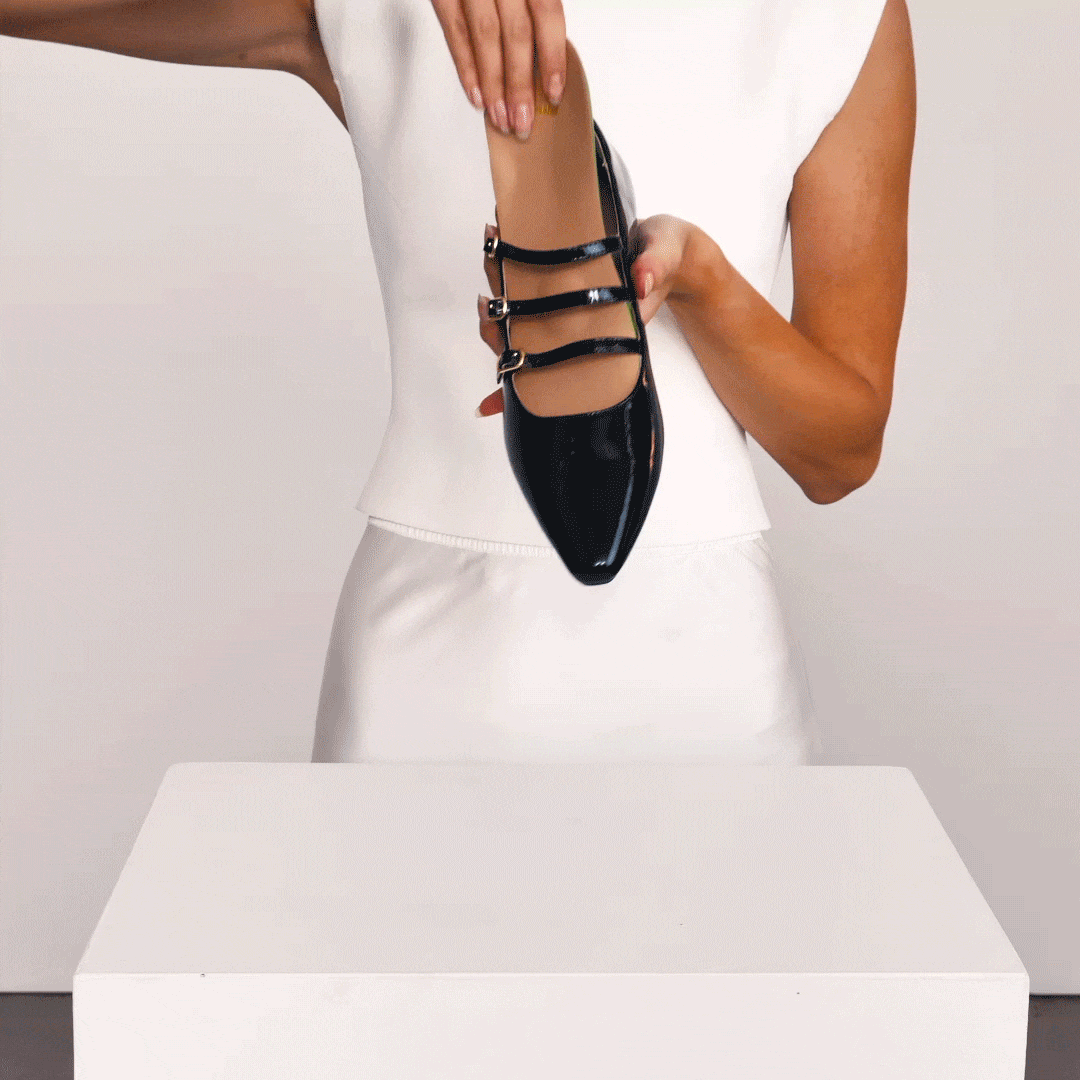A Podiatrist's Guide To Bunions & Shoes.
What is a Bunion?
A bunion, known as hallux valgus, refers to a deformity that occurs when the big toe deviates towards the other toes, causing the joint to stick out. Often there is a bony bump that forms on the joint at the base of the big toe, which can restrict joint range of motion. Over time, this misalignment can become sore and achy. Bunions are graded depending on degree of joint change, but pain and the degree of deformity does not always correlate.


What is the role of your big toe?
Your big toe, also known as your hallux, and big toe joint, referred to as your first metatarsophalangeal joint, play an important role in balance and act as a lever arm to generate power to push-off as we walk and run. When we don’t efficiently use our big-toe joint to push-off it can result in repetitive overload and contribute to the formation of a bunion over-time.
Bunions can cause the following symptoms:
- Pain over the top or the side of the joint.
- Pain with compression or pressure from footwear.
- Swelling and redness.
- Altered walking patterns.
- Compromised balance.
What causes a bunion?
Bunions are caused by a combination of factors. While most say that they are hereditary, it is usually the biomechanics (way we move) that has a genetic component and leads to the formation of bunions.
Genetic Predisposition: Bunions often run in families, suggesting a genetic component. Inherited foot structure anomalies, such as ligament laxity (loose ligaments), flat feet or excessive pronation, can increase the risk and result in a poor lever arm for pushing-off.
Footwear Choices: Wearing tight, narrow shoes, particularly those with high heels, can force the toes into an unnatural position, exacerbating bunion formation.
Foot Stress and Injury: Repetitive stress on the feet from activities like ballet dancing, football and running can contribute to the development of bunions.
Arthritis: Certain types of arthritis can contribute to bunion formation.

How to manage a painful bunion:
Footwear Modifications and changes: Switching to shoes with a wider toe box, adequate depth and avoiding high heels can alleviate bunion pain. See below for advice on what to look for in footwear.
Orthotic Devices: Custom orthotics can help redistribute pressure and correct contributing foot mechanics.
Padding and Taping: Protective pads and toe spacers can alleviate pressure and reduce pain.
Strengthening: Exercises to strengthen intrinsic foot muscles as well as your calves can assist in cases where there is still movement available at the big toe joint.
Surgical Intervention: Surgical interventions vary and are typically only used in cases where conservative treatment has failed to relieve symptoms.
Key features to look for in shoes for Bunions:

Width & Depth Are Key
Choose shoes that have adequate width and allow you to wiggle your toes, you shouldn’t feel compressed in the shoes. A deeper toe box will allow space around the bunion to reduce pressure. The thin footbed found in our Fit Kit can be utilised for all Bared shoes with a removable footbed to create more space around your forefoot.

Good Fixation
This will allow the shoe to hold onto the foot and promote extension, rather than clawing, of the big-toe joint. It’s for good reason we don't make slides!

Steel Shank
Provides torsional stability and encourages better propulsion. You’ll find a steel shank in all styles, excluding Sanderlings and At Home range.

Removable, Cushioned Footbed
A gentle arch contour and metatarsal dome will both support your big toe joint and aid to reduce any pressure beneath the joint. If you wear custom foot orthoses, the removable footbed will allow for use of your orthotics, without compromising on depth within the shoe. All our shoes are equipped with our biomechanical footbed, which is removable in most fully-enclosed styles.

Soft, Mouldable Uppers
Leather is a wonderful choice as it's a natural fibre, it will soften and mould to the shape of your foot. Suedes and nubucks are generally softer and will result in less pressure and friction over your bunion.

Firm Heel Counter
Essential if you require an orthotic device to support your rearfoot. All of our heel counters are firm and mould to your feet with wear.

Avoid High Heels
Limit the use of high-heeled shoes to prevent exacerbating the condition. A low-heel is okay for occasional use, depending on the severity of your symptoms.
Related Articles
Morton's Neuroma & Shoes | Plantar Fasciitis & Footwear | Shoes For Orthotics | Shoes For Foot Pain





























